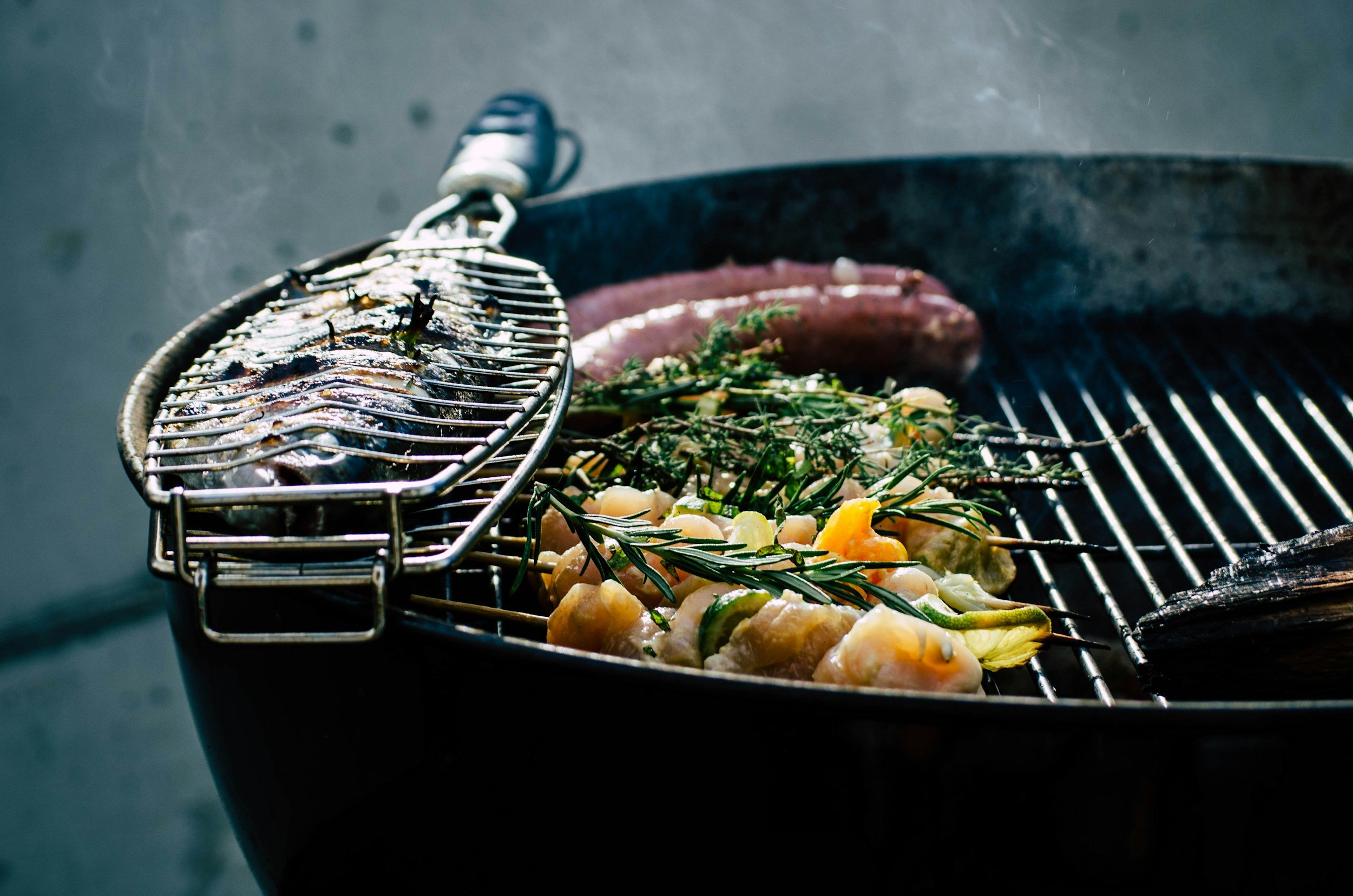Best Floatant for Fly Fishing: A Comprehensive Guide
Fly fishing is an art, a skill honed over years of practice and patience. One essential tool in a fly fisher's arsenal is floatant, a substance used to keep flies buoyant on the water's surface. This guide will explore the best floatants available, their uses, and why choosing the right one can make a world of difference in your fly fishing experience.
Introduction to Floatants
Floatants are essential for dry fly fishing, ensuring that your flies remain buoyant and attractive to fish. There are various types of floatants, each with its specific use cases and benefits. This guide will delve into the best floatants, comparing their effectiveness, application methods, and the types of flies they are best suited for.
Types of Floatants
Gel Floatants
Liquid Floatants
Powder Floatants
Paste Floatants
Spray Floatants
Gel Floatants
Gel floatants are a popular choice among fly fishers due to their versatility and ease of use. These floatants are typically applied directly to the fly by hand.
Pros:
Easy to apply
Long-lasting
Suitable for most dry flies
Cons:
Can be messy
Not suitable for CDC (Cul de Canard) flies
Top Gel Floatants:
Loon Outdoors Aquel: A popular gel floatant, known for its effectiveness and eco-friendly formulation.
Gink: Another widely used gel floatant that provides excellent buoyancy.
Liquid Floatants
Liquid floatants are ideal for pretreating flies. They penetrate the fly's material, ensuring thorough coverage.
Pros:
Excellent for pretreating flies
Ensures deep penetration
Quick-drying
Cons:
Can be cumbersome to use streamside
Not ideal for on-the-go applications
Top Liquid Floatants:
Fly-Agra: Known for its deep penetration and effectiveness in keeping flies afloat for extended periods.
Loon Lochsa: Unique in that it can be used on CDC flies, making it a versatile choice.
Powder Floatants
Powder floatants are perfect for revitalizing flies that have become waterlogged. They are typically used by placing the fly in a container with the powder and shaking it.
Pros:
Excellent for on-the-water use
Quick application
Can be used on wet flies to restore buoyancy
Cons:
Can be messy
Requires a container for application
Top Powder Floatants:
Shimazaki Dry Shake: Renowned for its quick-drying properties and effectiveness.
Frog’s Fanny: A powder floatant with a brush applicator, ideal for pinpoint application.
Paste Floatants
Paste floatants are thicker and provide a more substantial coating on the fly. They are best used in small amounts.
Pros:
Long-lasting
Provides a thick, durable coat
Cons:
Can be difficult to apply evenly
Not suitable for delicate flies
Top Paste Floatants:
Loon Payette Paste: Offers a strong, lasting coat for maximum buoyancy.
Spray Floatants
Spray floatants are easy to apply and ideal for treating multiple flies at once.
Pros:
Quick and easy application
Great for covering large areas
Cons:
Can be wasteful
Less precise
Top Spray Floatants:
Loon Top Ride: A favorite for its ease of use and effectiveness.
Choosing the Right Floatant
When choosing the right floatant, consider the following factors:
Type of Fly: Some floatants are better suited for specific types of flies.
Fishing Conditions: Different conditions may require different floatants.
Personal Preference: Comfort and ease of use are important.
Tips for Using Floatants
Pretreat Your Flies: Especially with liquid floatants, pretreating your flies before heading out can save time and ensure better performance.
Use Sparingly: A little goes a long way with most floatants. Over-application can weigh down the fly.
Reapply as Needed: Conditions change, and so will the effectiveness of your floatant. Be prepared to reapply when necessary.
Combine Floatants: Sometimes, using a combination of floatants can yield the best results.
FAQs
What is the best floatant for CDC flies?
Loon Lochsa is highly recommended for CDC flies due to its unique formulation that doesn't mat the delicate feathers.
Can I use multiple floatants on one fly?
Yes, combining floatants like a gel for pretreatment and powder for on-the-water application can enhance performance.
How often should I reapply floatant?
This depends on conditions, but generally, you should reapply whenever you notice the fly starting to sink.
Are there eco-friendly floatants?
Loon Outdoors offers a range of eco-friendly floatants, including Aquel and Lochsa.
What is the best way to apply powder floatant?
The best way is to place the fly in the container, close it, and shake vigorously to ensure even coverage.
Can floatant damage flies?
Proper use of floatants should not damage flies. Over-application or using the wrong type for certain flies (e.g., gel on CDC) can cause issues.
Conclusion
Choosing the right floatant is crucial for a successful dry fly fishing experience. Understanding the different types and their uses can help you make an informed decision, ensuring that your flies stay buoyant and attractive to fish. Whether you prefer gels, liquids, powders, pastes, or sprays, there is a floatant out there to meet your needs.
// Related Posts About Fly Fishing




















